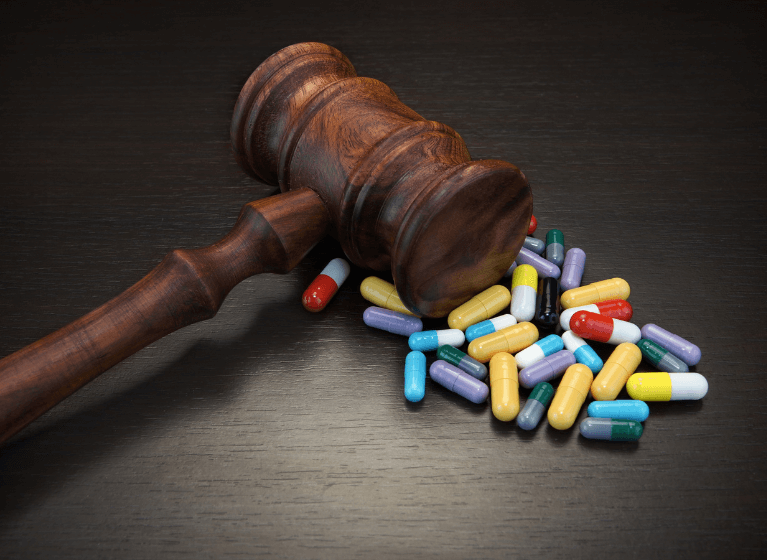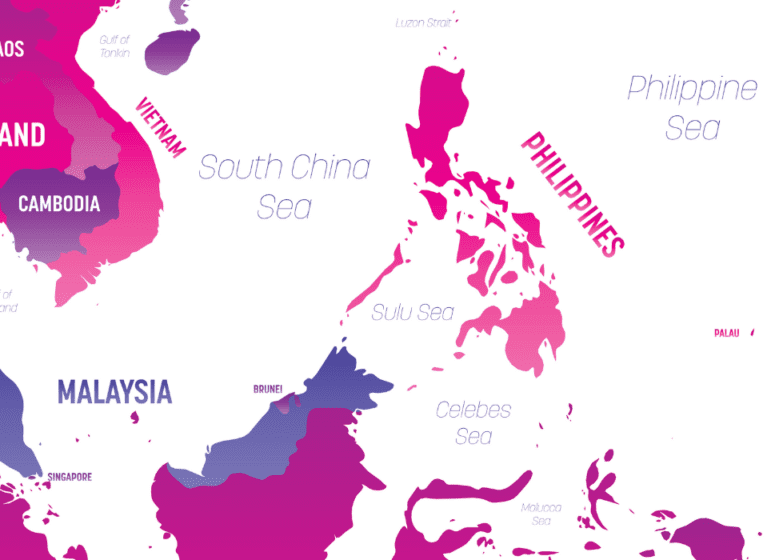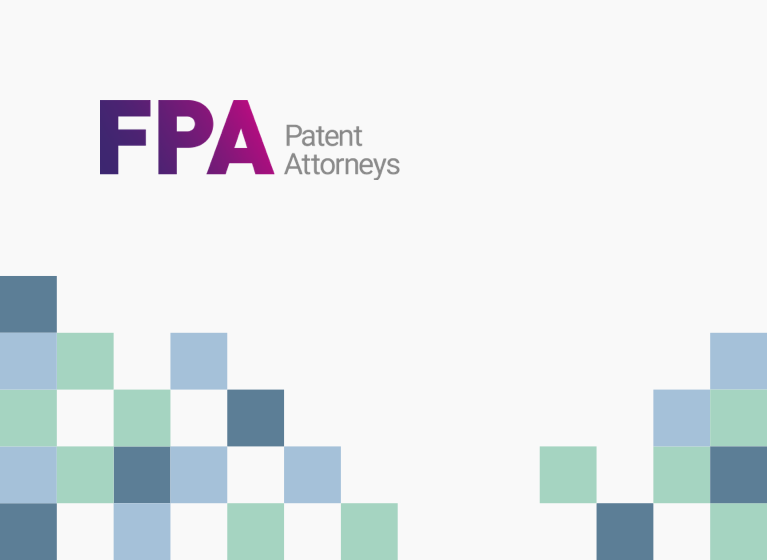In this last article in our series summarising options for extending the effective patent term and commercial life of pharmaceutical products, we briefly examine the “Patent term adjustment” regime in the US.
US patents issued on patent applications filed on or after 8 June 1995 are eligible for a patent term adjustment to account for any delays in processing the patent application by the USPTO. The net effect of the patent term adjustment is an extension of patent term beyond the statutory 20 year term calculated from the earliest filing date of the application.
The USPTO does not calculate expiration dates for patents so it is difficult to determine the term of adjustment prior to grant. However, after grant, the term of a patent is provided on the face of the patent document, including any patent term adjustment that has been deemed allowable.
1. Applications filed between 8 June 1995 and 28 May 2000
For US patents filed on or after 8 June 1995, the term of the patent is 20 years from the earliest filing date of the application (or the filing date of the PCT application for national phase entries).
The 20 year term of a patent may be extended for a maximum of 5 years for delays in the issuance of the patent due to:
- interferences,
- secrecy orders; and/or
- successful appeals to the Patent Trial and Appeal Board (PTAB) or federal courts.
Extensions of term resulting from successful appeals to the PTAB/courts are limited in that the patent must not be the subject of a terminal disclaimer in respect of a patent having claims of the same subject matter.
The period of extension is also subject to so-called “due diligence” on the part of the applicant, such that the extension may also be reduced for any time that is attributed to appellate review within three years of filing of the first national application for the patent.
The term of the patent eligible for an extension for any of the reasons outlined above can be extended by the sum of the periods of delay, to the extent that the periods do not overlap, for a maximum of 5 years.
2. Applications filed on or after 29 May 2000
For applications filed on or after 29 May 2000, patent term adjustment may be available due to:
- failure of the Patent Office to issue timely Office Actions or to reply to Applicant’s response to Office Action (so-called “A delay”);
- failure of Patent Office to issue patent within three years from application filing (“B delay”);
- interferences, secrecy orders; and/or successful appeals to the Patent Trial and Appeal Board (PTAB) or federal courts (“C delays”); and
- Any period of patent term adjustment may be reduced if the applicant is found to have failed to engage in reasonable efforts to conclude prosecution of the application.
3. Applications filed before 8 June 1995
US Patents issued on patent applications filed before 8 June 1995 are not eligible for any patent term extension or adjustment due to delays in processing the application by the USPTO. For patents in this category, the term is either 20 years from the earliest filing date of the application, or 17 years from the date of issue, whichever is longer.
4. Other comments
The USPTO calculates any term extension that it believes the applicant is entitled to (based on the expected date of patent issue). This information is detailed on the notice of allowance.
If the patentee disagrees with the patent term extension information calculated by the USPTO, a petition can be filed, which, if successful, will result in a Certificate of Correction being issued.
The Patent term extension that is available for patents associated with products that require premarket regulatory review is calculated separately and is added to any extension available due to USPTO delay as outlined above.
For more information on patent term adjustment in the US, please see:
- USPTO Term Extensions Adjustments
- USPTO Applications Filed June 1995 May 2000
- USPTO Applications Filed May 2000
- USPTO Patent Term Calculator
The above is intended to provide a high level summary of the patent term adjustment regime in the US and should not be taken as a comprehensive analysis. We recommend that you consult with a practitioner qualified to practice in the US before making any decisions with respect to seeking or obtaining a patent term adjustment for your US patents.






